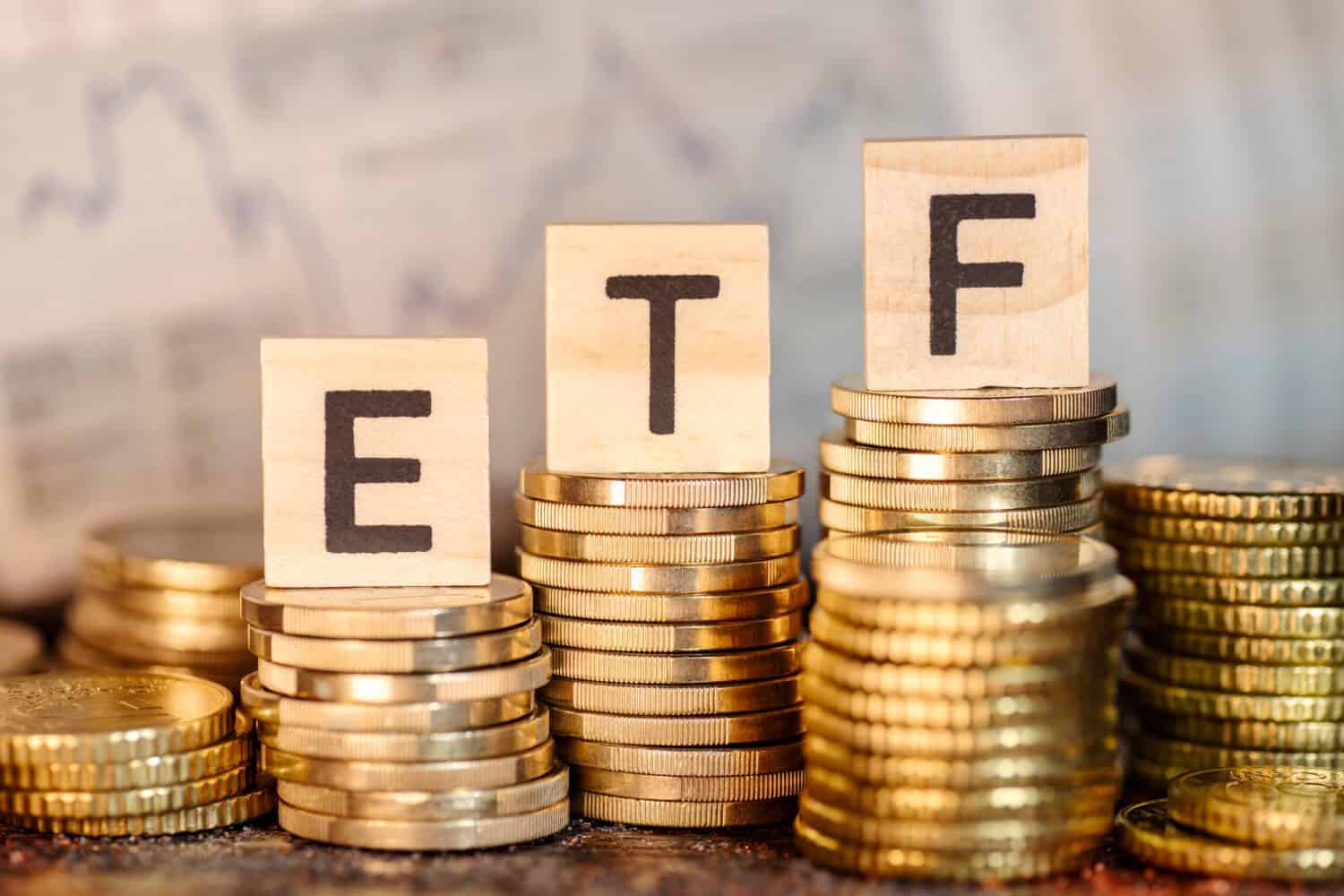
Passive investors with too much cash glued to the sidelines may wish to deploy some capital as the S&P 500 makes new highs, with the tech-heavy Nasdaq 100 not too far behind. Undoubtedly, market sentiment is upbeat right here despite rising geopolitical tensions and the looming U.S. Presidential Election — can you believe it’s just a month away?
The first interest rate cut is in the books; many more could be on the way. And with quarterly earnings demonstrating resilience, at least for the most part, it seems like prior recession concerns were unwarranted.
Either way, timing the market doesn’t seem like a wise idea here, even as various pundits doubt the sustainability of the recent run. Further, with no signs that the AI boom is winding down, investors seeking to put new money to work may wish to be steady and gradual buyers rather than waiting for the steep correction that may not come soon enough for those with excessive cash piles.
In this piece, we’ll check in with two of the better exchange-traded funds (ETFs) passive investors may wish to consider buying this October.
Key Points About This Article
- The high-growth ETFs could be a great buy as rates keep falling.
- The ARKW and IJR are intriguing options for passive investors looking to level up their growth.
- If you’re looking for some stocks with huge potential, make sure to grab a free copy of our brand-new “The Next NVIDIA” report. It features a software stock we’re confident has 10X potential.

ARK Next Generation Internet ETF
Don’t count Ark Invest’s Cathie Wood out just yet. Though her funds have been lagging behind the S&P 500 in a big way since crashing in the face of higher interest rates, I wouldn’t be too surprised if speculative, hyper-growth stocks (what Wood deems as disruptive innovators) see their fortunes turn going into 2025. Higher rates have hurt many companies, but they’ve crushed the mid-cap technological innovators with hefty R&D and a lack of profits to show.
Either way, the ARK Next Generation Internet ETF (NYSEARCA:ARKW) stands out as a great pick for investors looking for exposure to risky tech stocks that could rise the most if the Fed gets more aggressive with rate cuts from here. The ARKW has been a standout performer over the past year, surging close to 55%, topping the S&P 500 and Nasdaq 100.
Led higher by names like Coinbase (NASDAQ:COIN) and Palantir (NASDAQ:PLTR), both up triple-digit percentages in the last year, the ARKW stands out as an ETF that could beat the Nasdaq 100 in a falling-rate environment that seems investment themes, most notably AI, heat up on the back of lower rates.
Up ahead, Tesla (NASDAQ:TSLA) could return to the driver’s seat as the Tesla Cybercab looks to hit the roads and drive the electric vehicle (EV) company right through this period of industry roughness.
Is Cathie Wood back? It’s too soon to tell. Either way, I wouldn’t bet against her top-performing funds as rates retreat.

iShares Core S&P Small-Cap ETF
For investors looking to take more of a “hands-off” approach to playing lower rates, the iShares Core S&P Small-Cap ETF (NYSEARCA:IJR) could make sense to pursue in October. In a prior piece, I praised the small caps as timely picks to play a breakout in the coming months, highlighting the value of a Russell 2000 ETF. In this piece, we’ll look at another small-cap ETF flavor comprised of a smaller number of high-quality firms that stand to benefit from a low-rate world.
As a liquid index fund that follows the S&P Small Cap 600 Index, the IJR boasts an incredibly low expense ratio (currently at 0.06%), making it one of the most economical solutions for passive investors who just don’t want to pay up for active management.
The IJR ETF has been a solid performer in the past year, rising to 22% over the timespan. Now down 5% from its 2021 highs, it seems like the lower-rate environment ahead is mostly priced in. Though the IJR, like most other small-cap ETFs, could make for a more turbulent ride than the S&P 500, I do think it’s worth diversifying into if a more sustained growth-to-value rotation is, in fact, on the horizon. Either way, it’s time to look beyond the Magnificent Seven for growth.
Travel Cards Are Getting Too Good To Ignore (sponsored)
Credit card companies are pulling out all the stops, with the issuers are offering insane travel rewards and perks.
We’re talking huge sign-up bonuses, points on every purchase, and benefits like lounge access, travel credits, and free hotel nights. For travelers, these rewards can add up to thousands of dollars in flights, upgrades, and luxury experiences every year.
It’s like getting paid to travel — and it’s available to qualified borrowers who know where to look.
We’ve rounded up some of the best travel credit cards on the market. Click here to see the list. Don’t miss these offers — they won’t be this good forever.
Thank you for reading! Have some feedback for us?
Contact the 24/7 Wall St. editorial team.





